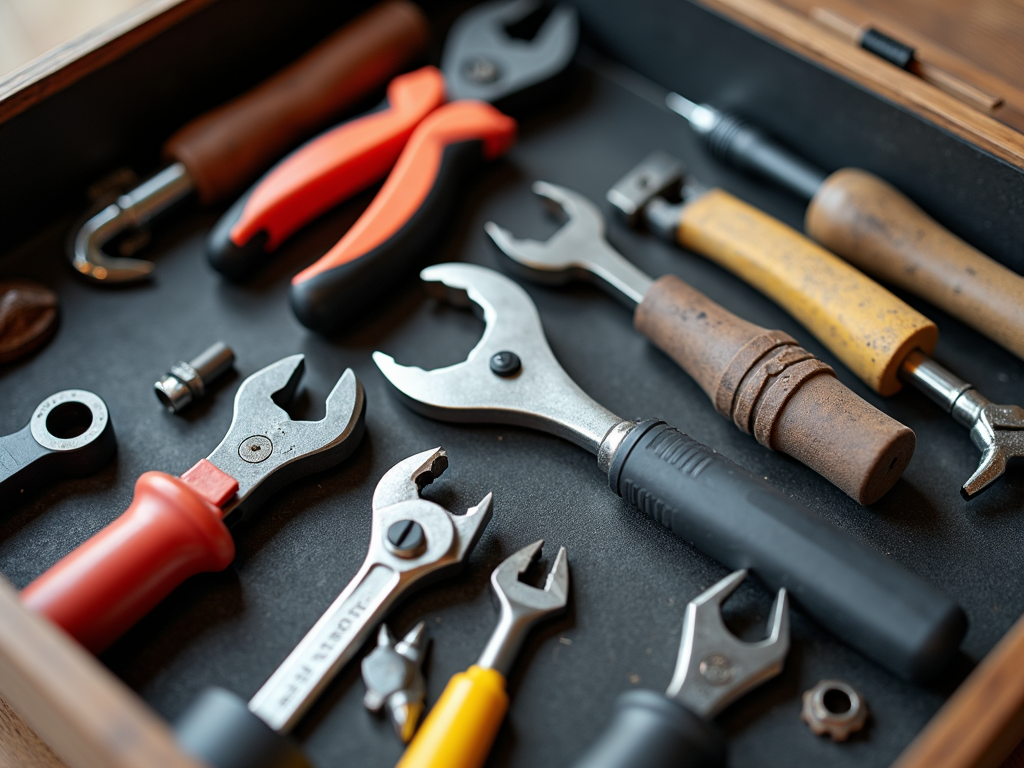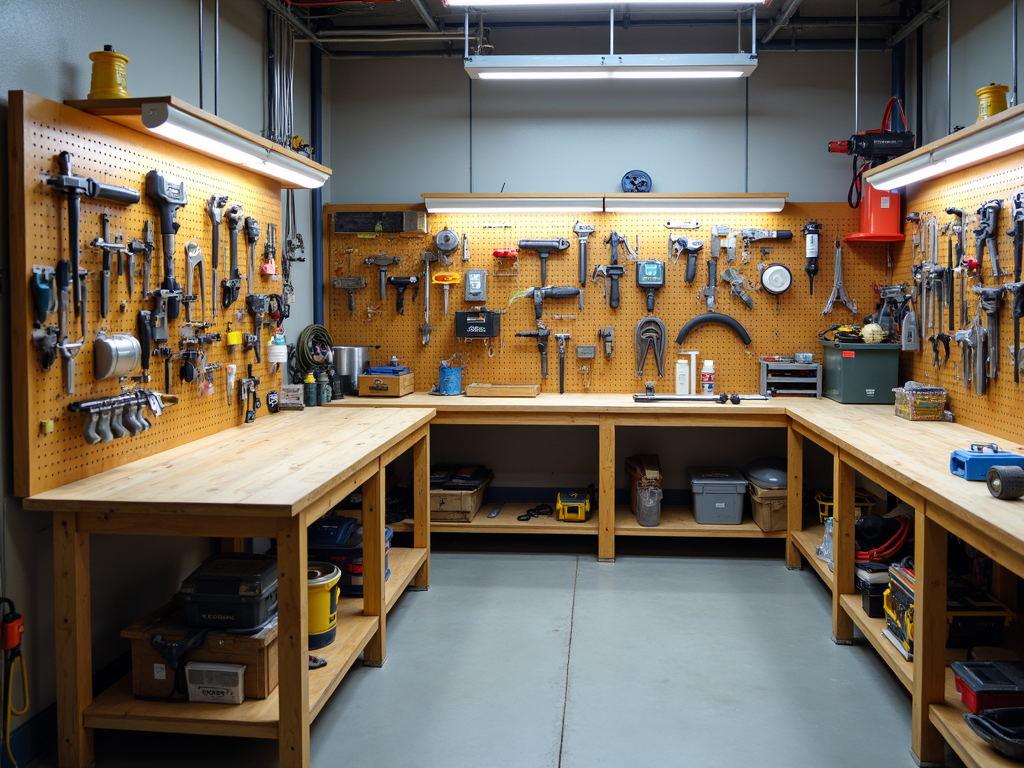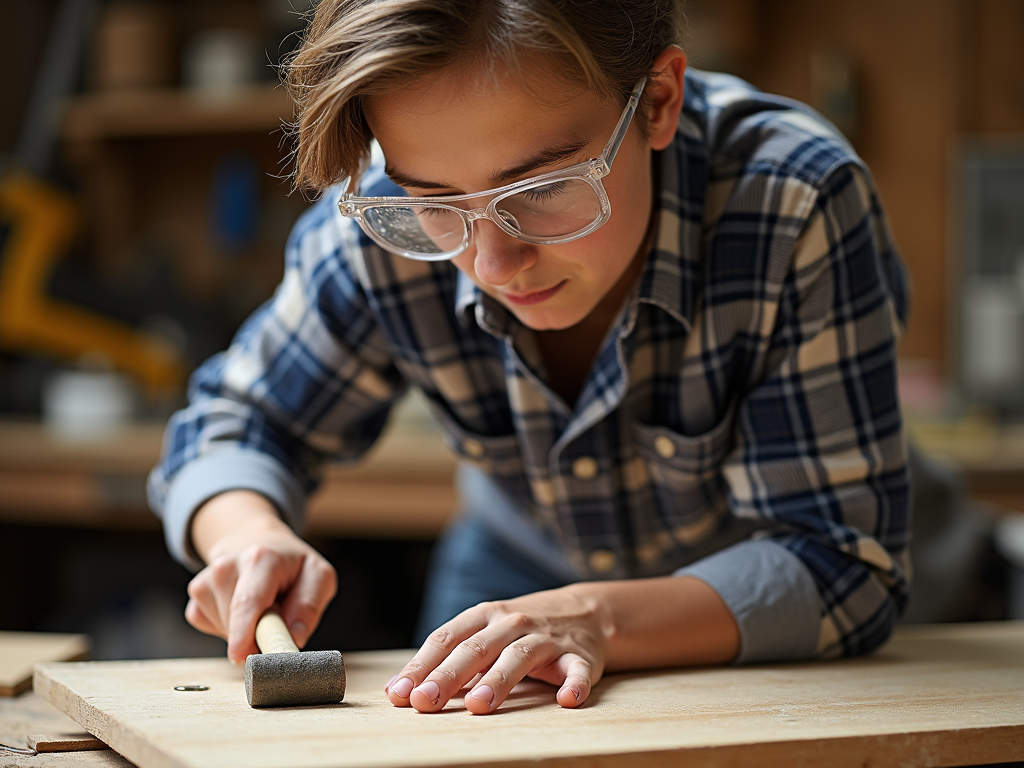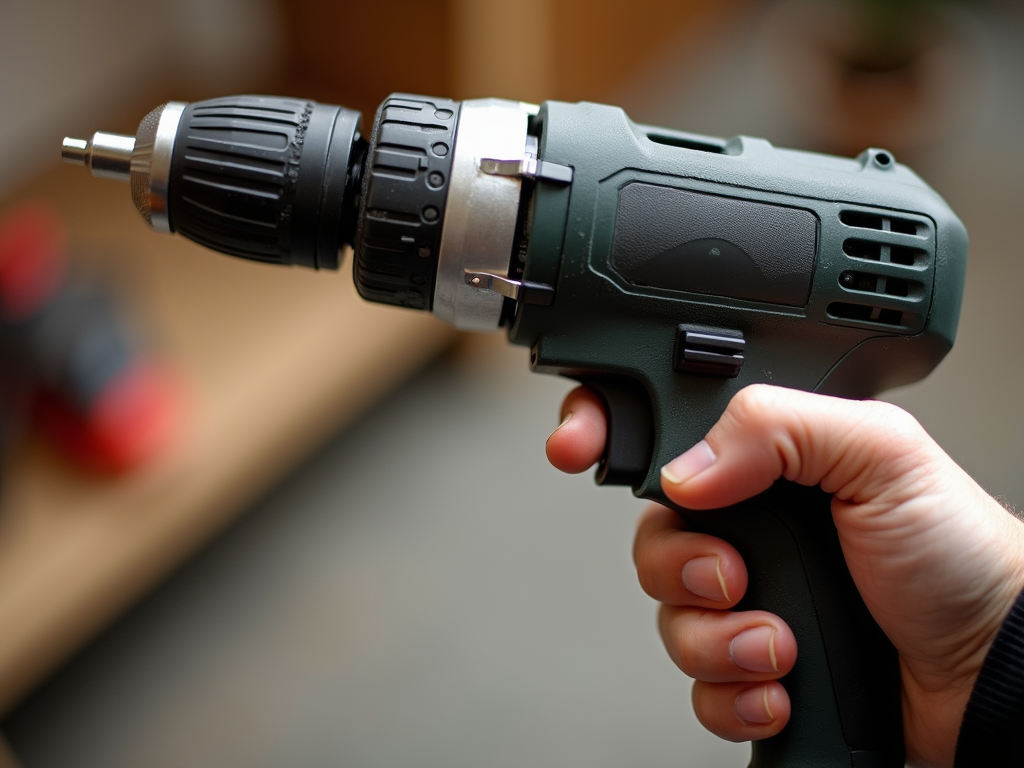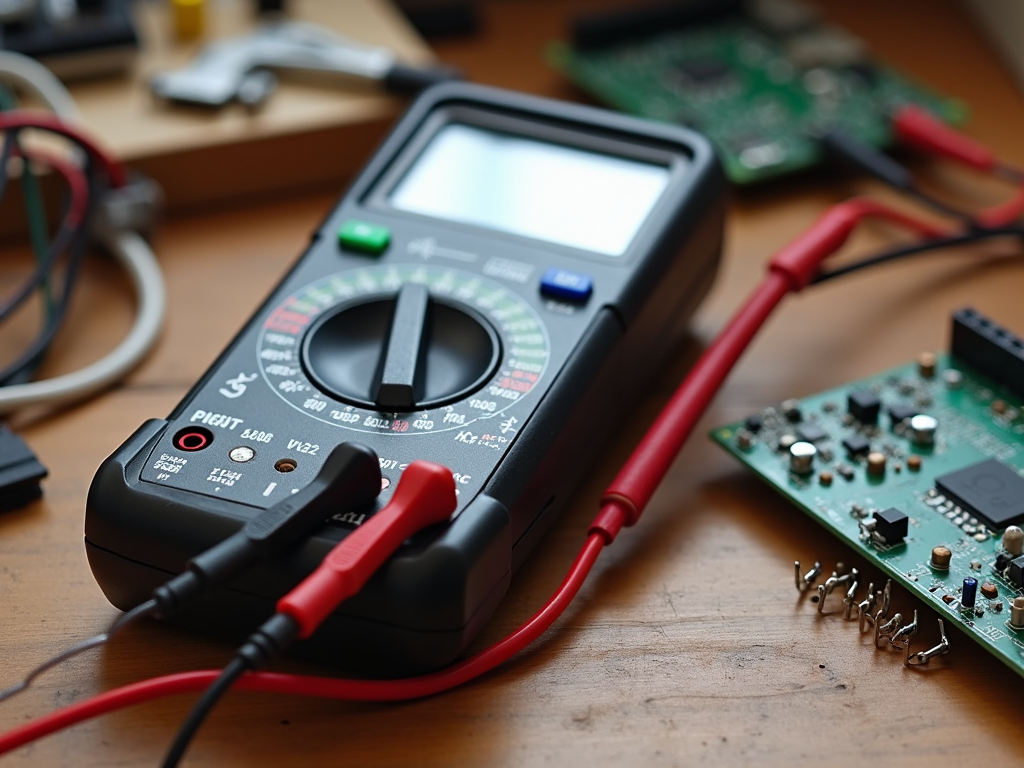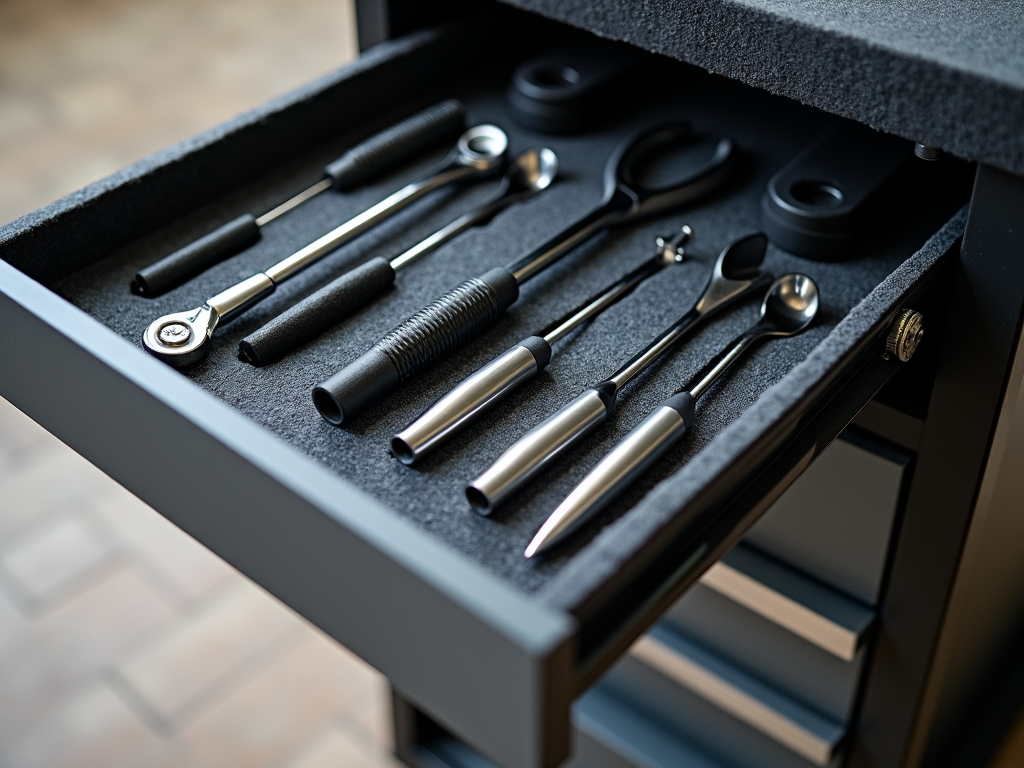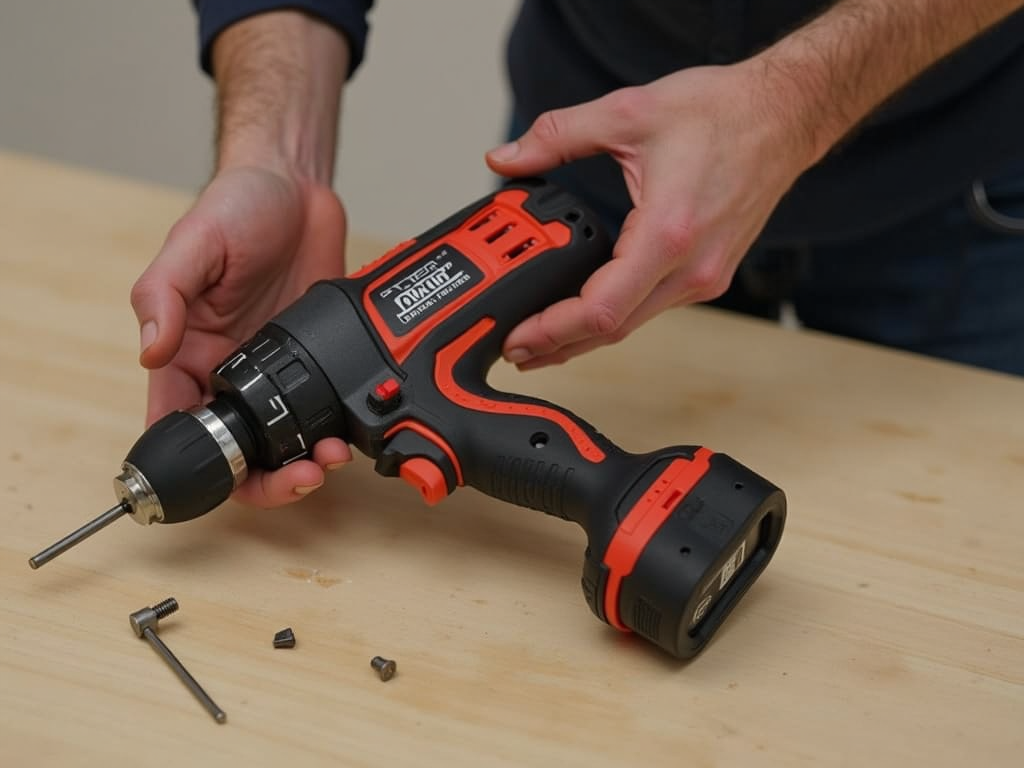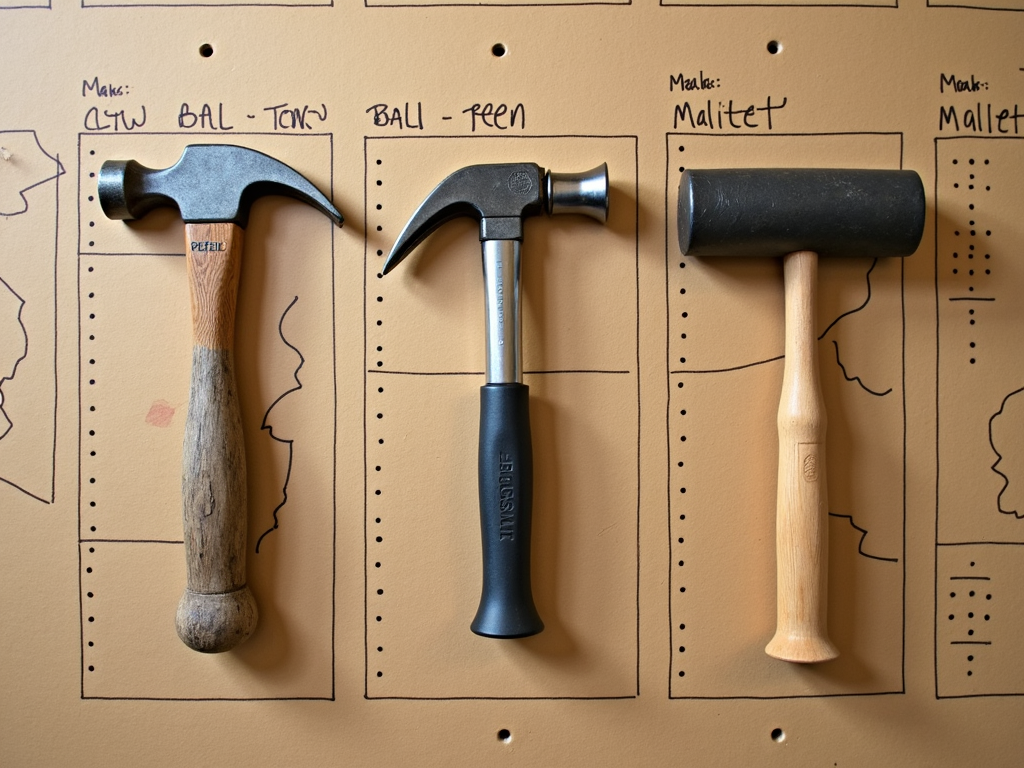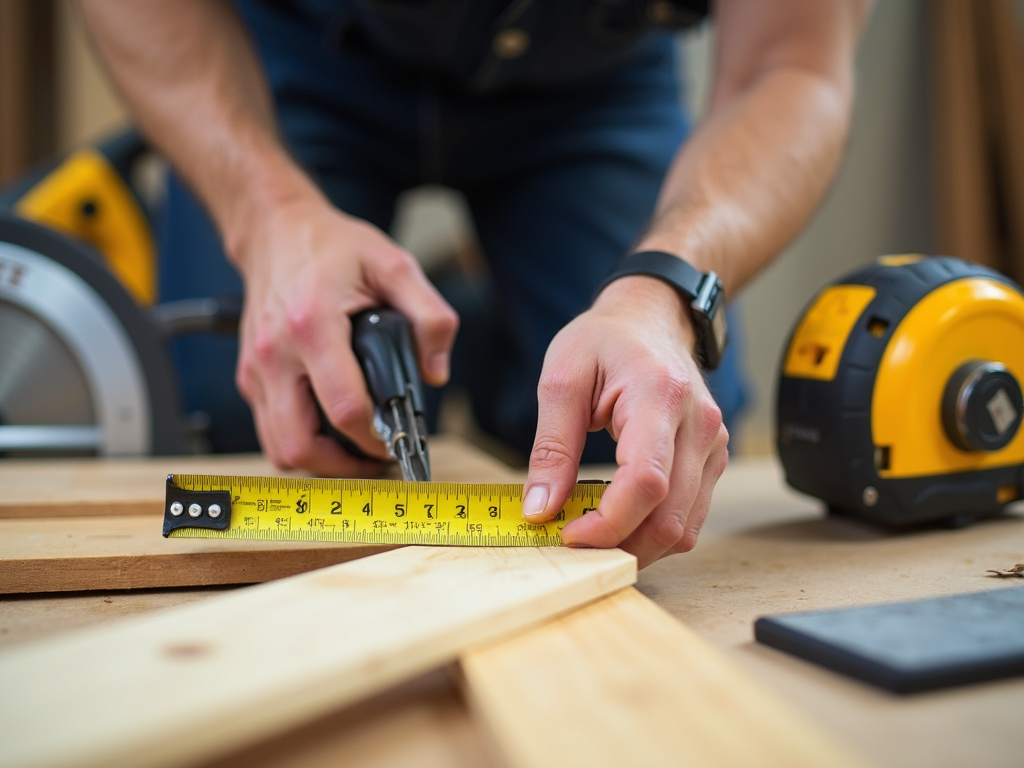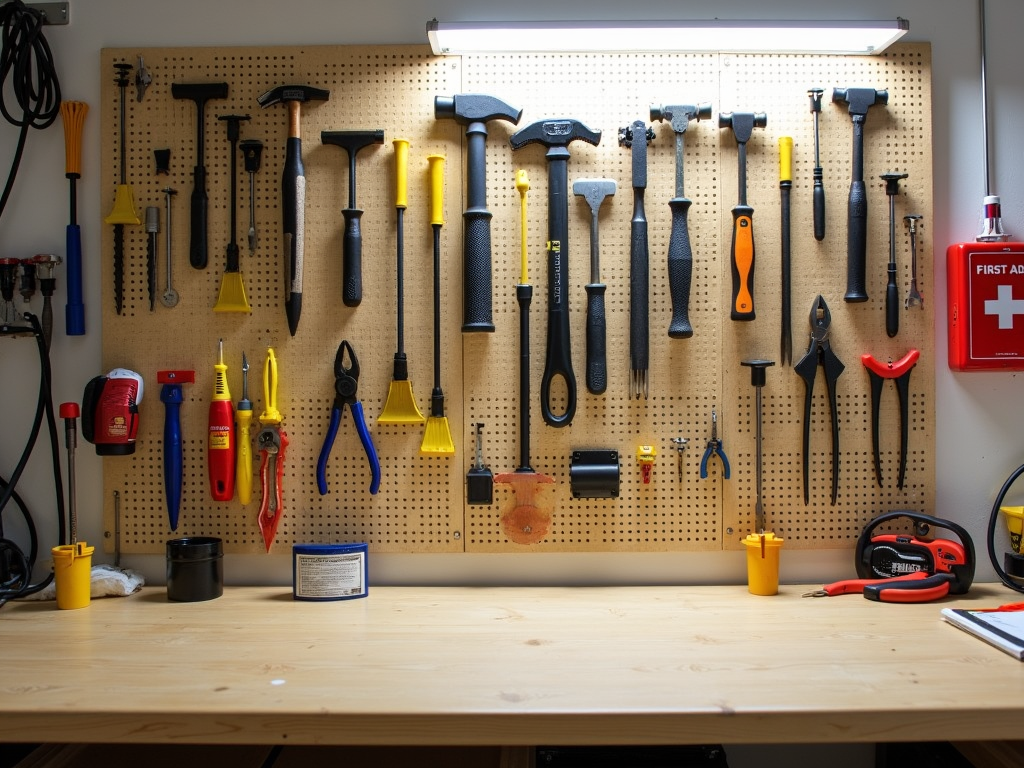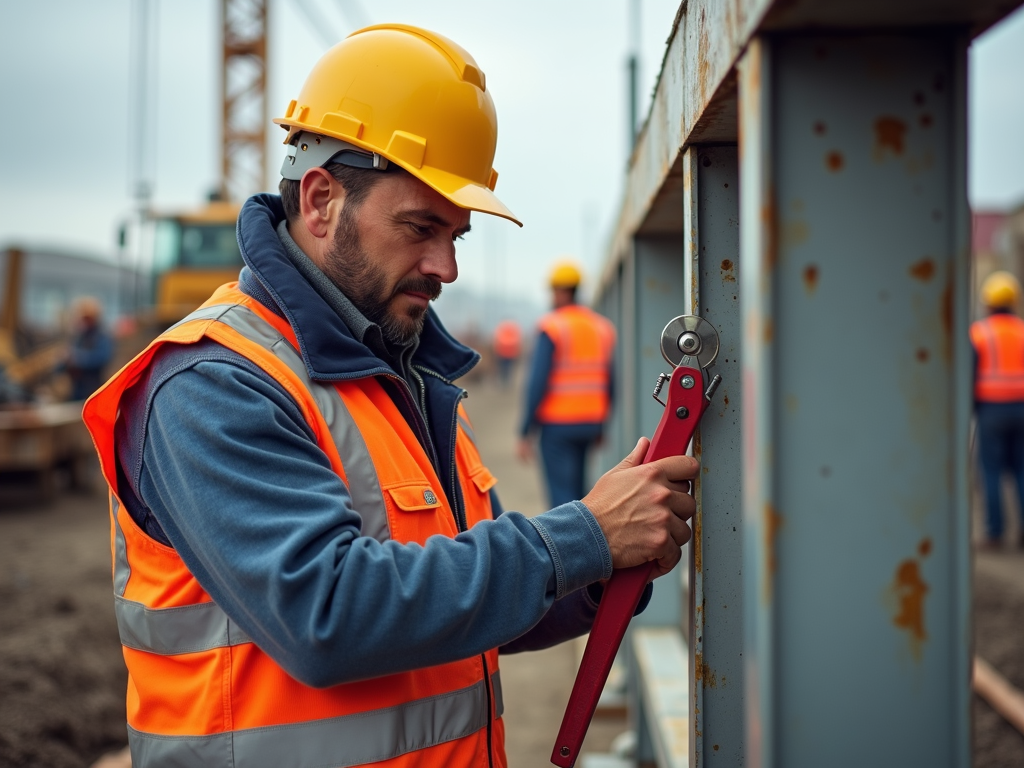Introduction
Power drills are indispensable tools for anyone who works with their hands, whether you're a weekend warrior tackling home improvement projects or a seasoned professional on a construction site. With the right power drill, you can bore holes, drive screws, and even mix paint or mortar. However, with so many options available, choosing the right one can be overwhelming. This guide will help you navigate the world of power drills, ensuring you select the perfect tool for your needs.
In this article, we'll explore the different types of power drills, the key features to consider, and how to choose based on the projects you have in mind. We'll also cover essential safety tips and maintenance advice to keep your drill in top condition. By the end, you'll be equipped with the knowledge to make an informed decision and take your projects to the next level.
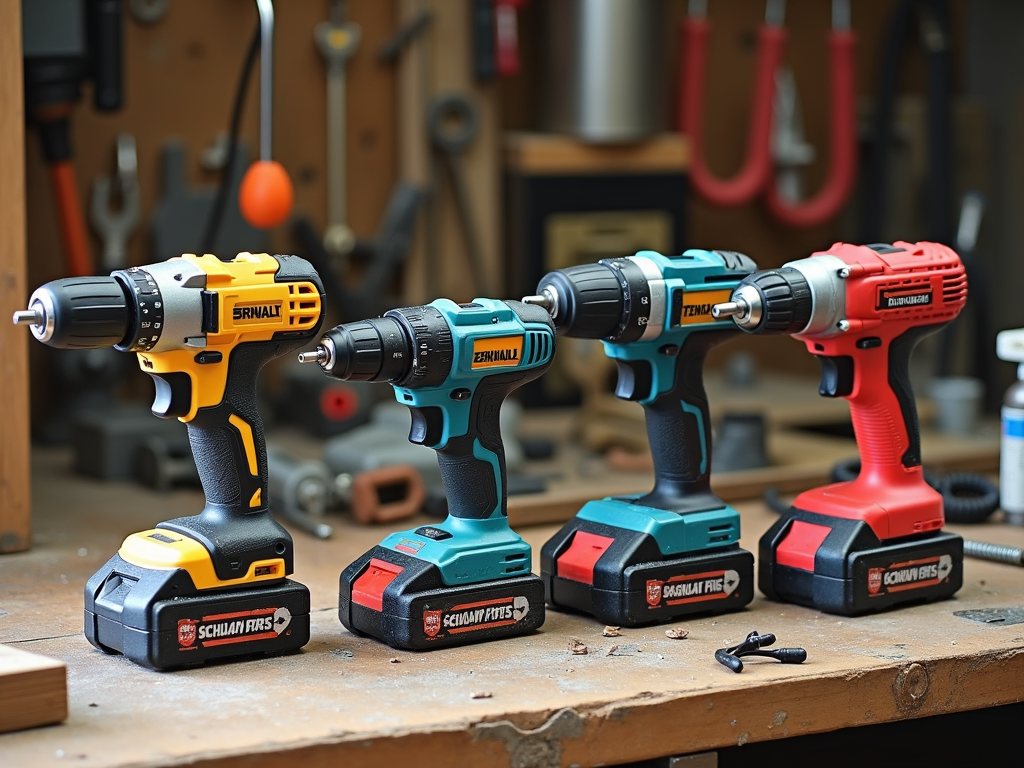
Types of Power Drills
There are several types of power drills, each designed for specific tasks. Understanding the differences will help you choose the right one for your projects.
Corded Drills
Corded drills are powered by electricity and need to be plugged into an outlet. They offer consistent power and are ideal for heavy-duty tasks where you don't need to worry about battery life. However, the cord can limit mobility. I remember once working on a deck project where the nearest outlet was inside the house, and I had to run extension cords across the yard. It was a bit of a nuisance, but the consistent power was worth it for the heavy-duty tasks.
Cordless Drills
Powered by rechargeable batteries, cordless drills offer greater mobility and convenience. They're perfect for working in tight spaces or areas without easy access to power outlets. The downside is that they may have less power than corded drills and require regular charging. Cordless drills have come a long way in recent years. With advancements in battery technology, they now offer impressive power and runtime. I personally prefer cordless drills for their convenience. Being able to move freely without being tethered to an outlet is a game-changer, especially for projects that require climbing ladders or working in tight spaces. Just make sure to have a spare battery on hand for larger projects.
Hammer Drills
These are specialized drills designed for drilling into hard materials like concrete or masonry. They combine rotation with a hammering action to break through tough surfaces. If you frequently work with tough materials, a hammer drill is essential.
Impact Drivers
While not technically drills, impact drivers are often used alongside drills for driving screws and bolts. They provide high torque and are excellent for heavy fastening tasks. For most general-purpose use, a cordless drill is a versatile choice. However, if you frequently work with tough materials, a hammer drill might be necessary.

Key Features to Consider
When choosing a power drill, several features can impact its performance and usability.
Power
Measured in volts for cordless drills or amps for corded ones, power determines how effectively the drill can handle tough materials. For light tasks, 12-18 volts (or 4-6 amps) may suffice, but for heavier work, look for 18-20 volts (or 7+ amps). A common mistake is to choose a drill based solely on power. While power is important, it's not the only factor. A drill that's too powerful for your needs can be difficult to control and may lead to accidents.
Speed
Many drills offer variable speed settings, allowing you to adjust the rotation speed based on the task. Lower speeds are better for driving screws, while higher speeds are ideal for drilling holes. Look for drills with multiple speed settings for greater versatility.
Chuck Size
The chuck is the part of the drill that holds the drill bit. Common sizes are 1/4", 3/8", and 1/2". A 3/8" chuck is standard for most drills and can accommodate a wide range of bit sizes. If you plan to work with larger bits, opt for a 1/2" chuck.
Battery Life (for cordless drills)
Look for drills with lithium-ion batteries, which offer longer life and faster charging times compared to older nickel-cadmium batteries. Consider the amp-hour (Ah) rating; higher Ah means longer runtime.
Ergonomics and Weight
A comfortable grip and balanced weight distribution can make a big difference, especially for extended use. Look for drills with rubberized handles and consider the weight if you'll be using it overhead or in awkward positions. When I was building my first bookshelf, I used a basic cordless drill. It worked fine for the softwood I was using, but when I tried to drill into a hardwood beam, it struggled. That's when I realized the importance of matching the drill's power to the material.
Additional Features
Some drills come with built-in LED lights to illuminate your work area, belt clips for easy carrying, or multiple gears for better control. These features can enhance your drilling experience.
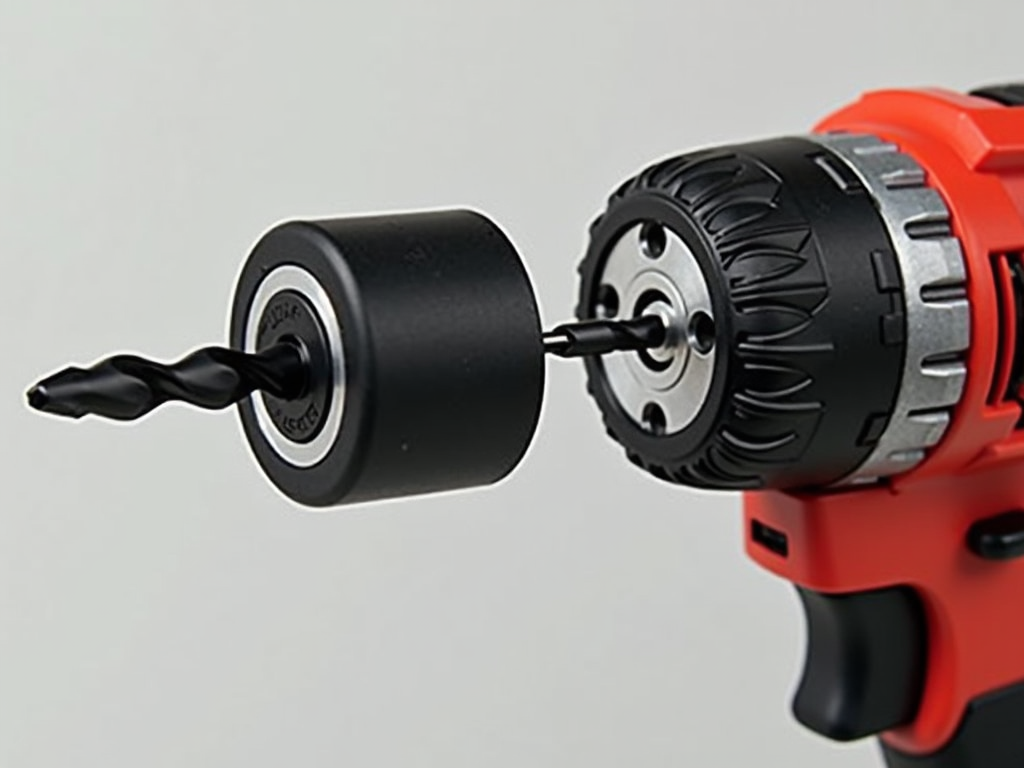
Choosing Based on Projects
The type of projects you undertake will influence the drill you need.
- Woodworking: For drilling holes and driving screws in wood, a standard cordless drill with a 3/8" chuck and variable speed is usually sufficient.
- Metalworking: When working with metal, you might need a drill with more power and a higher speed setting. A corded drill could be a better choice for consistent performance.
- Masonry: For drilling into concrete, brick, or stone, a hammer drill is essential. Look for one with a high impact rate and a sturdy build.
- General Home Repairs: A versatile cordless drill with a range of bits and accessories can handle most household tasks, from hanging pictures to assembling furniture.
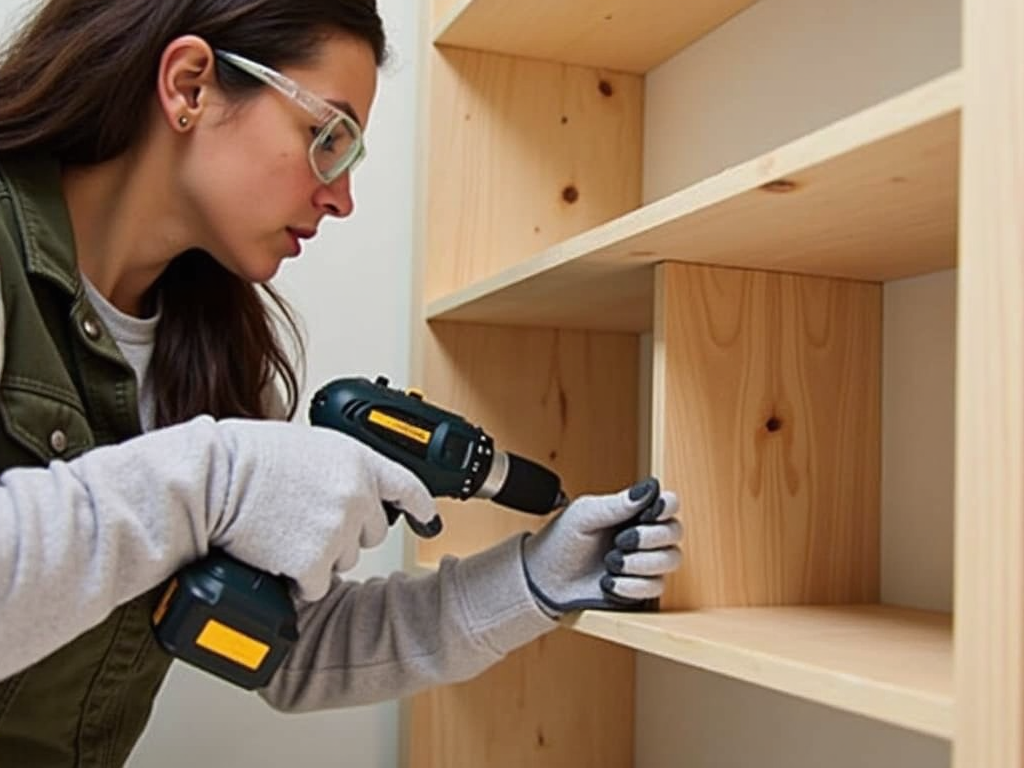
Safety Tips
Using a power drill safely is paramount to avoid accidents and injuries.
- Always wear safety glasses to protect your eyes from debris.
- Use ear protection if you're working for extended periods or with particularly loud drills.
- Wear gloves to improve your grip and protect your hands.
- Ensure the drill bit is securely fastened in the chuck before starting.
- Keep the drill's power cord (if applicable) away from the drilling area to avoid cutting it.
- Never force the drill; let it work at its own pace to prevent overheating or breaking the bit.

Maintenance and Care
Proper maintenance will extend the life of your power drill and ensure it performs optimally.
- Regularly clean the drill, especially the chuck and vents, to remove dust and debris.
- Check the power cord (for corded drills) for any signs of wear or damage.
- For cordless drills, follow the manufacturer's guidelines for battery care, such as not overcharging or exposing to extreme temperatures.
- Lubricate moving parts as recommended in the user manual.
- Store the drill in a dry, cool place to prevent rust and damage.
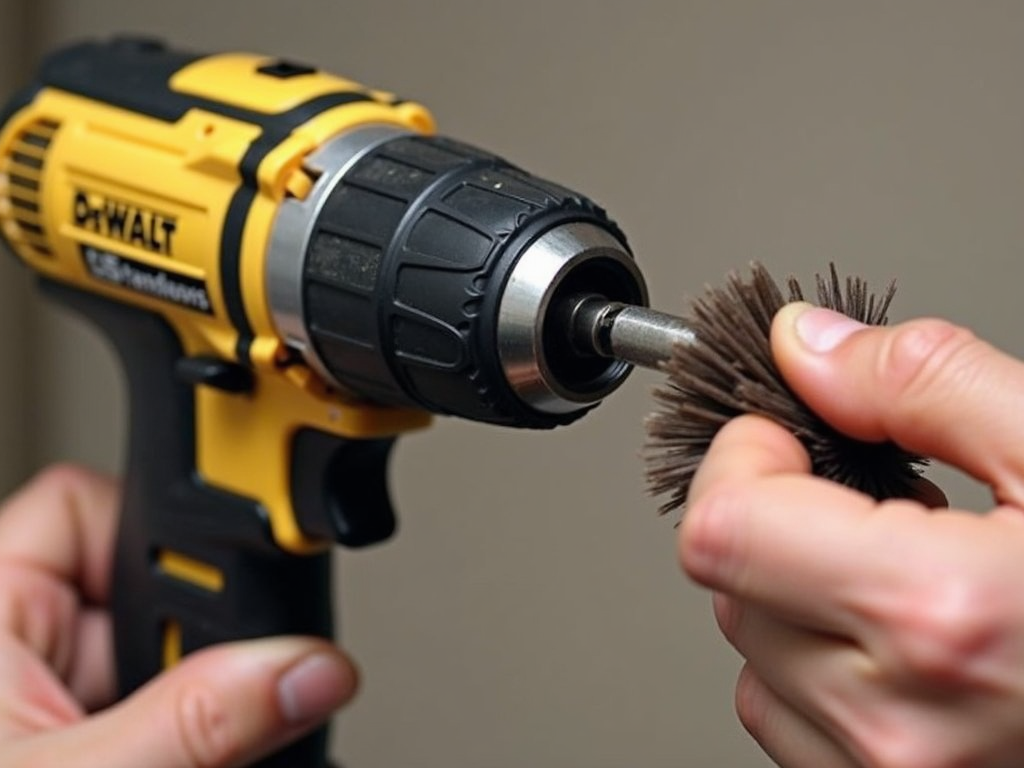
Conclusion
Choosing the right power drill involves considering the type of projects you'll be undertaking, the features that matter most to you, and your budget. Whether you opt for a corded drill for its consistent power or a cordless one for its convenience, make sure it feels comfortable in your hand and has the capabilities you need. Remember to prioritize safety and maintain your drill properly to get the most out of your investment.
With the right power drill by your side, you'll be ready to tackle any project that comes your way, from simple home repairs to complex construction tasks. Now that you know what to look for, it's time to find the perfect power drill for your needs. Happy drilling!
Related How to Choose the Right Power Drill for Your Projects:
- Tool Care Basics: Essential Tips to Keep Your Gear Like New
- Top 10 Must-Have Tools for Every Workshop
- A Beginner's Guide to Workman Tools: Essentials, Toolboxes, and Safety Tips
- Essential Safety Checks for Power Tools
- How to Use a Multimeter for Beginners: A Step-by-Step Guide
- The Ultimate Guide to Mobile Storage Carts for Tools
- Ergonomic Power Drills for Reduced Fatigue: A Comprehensive Guide
- How to Set Up Your Workshop: A Comprehensive Guide
- Safety First: Essential Gear for Every DIY Enthusiast
- The Ultimate Guide to Workman Tools for Contractors
- The Ultimate Guide to Hand Tools Safety Guidelines
- Best Wrench Sets for Construction Workers: Top Picks for 2023
